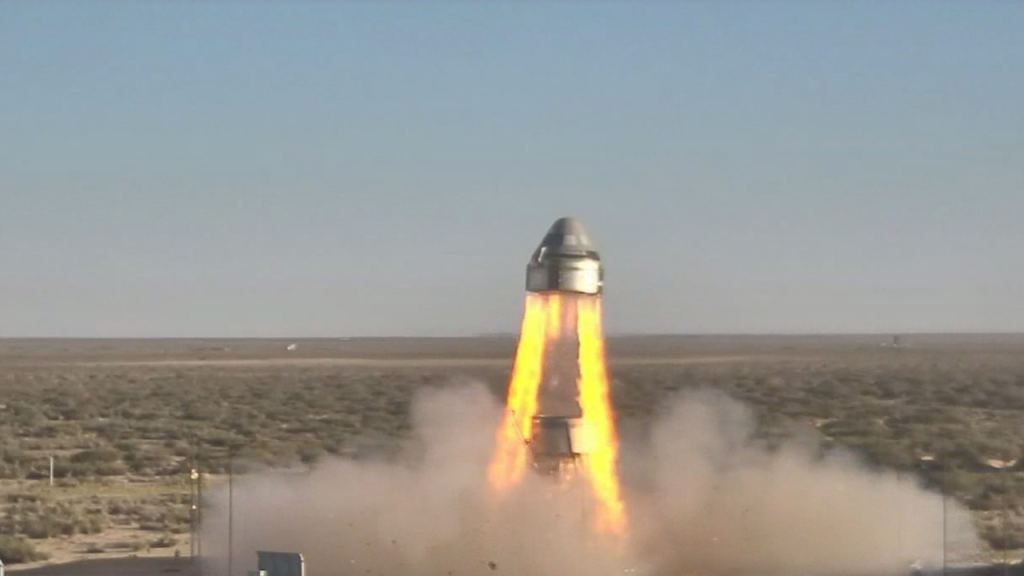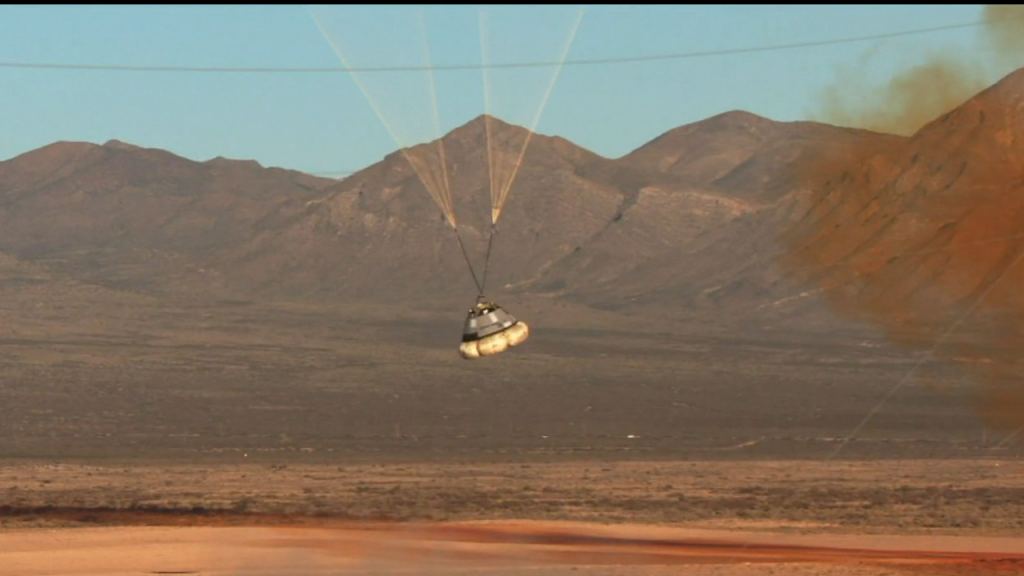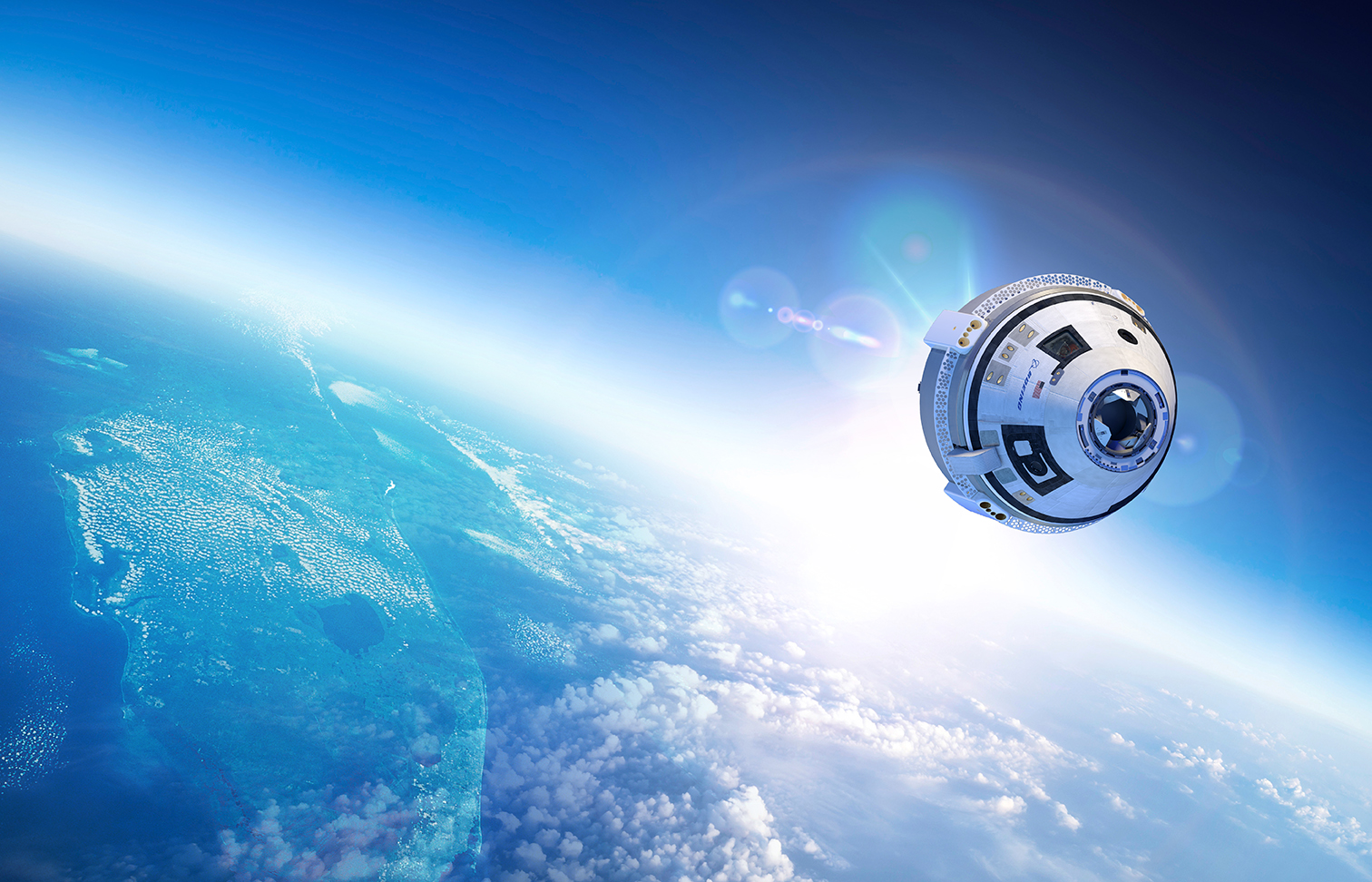For years, NASA has been working to restore domestic launch capability to the US and send astronauts to the Moon and beyond. A crucial part of this is the development of next-generation crew capsules that can carry crews and payloads to space. These include Lockheed Martin’s Orion Multi-Purpose Crew Vehicle (MPCV) and the Crew Space Transportation (CST) -100 Starliner currently being developed by Boeing.
Earlier today (on Monday, Nov. 4th), the CST-100 passed a critical milestone with a successful end-to-end test of its abort system. The Pad Abort Test took place at Launch Complex 32 at the US Army’s White Sands Missile Range in New Mexico. When crewed missions to space begin using the CST-100, this system will ensure that astronauts will be carried to safety in the unlikely event of an emergency before liftoff.
The successful test began at 09:15 AM EST (07:00 AM MST, 06:00 AM PST) and was live-streamed by NASA Television. The test was part of NASA’s Commercial Crew Program, a joint effort between NASA and the US aerospace industry to develop spacecraft and launch systems that will be capable of carrying crews to Low-Earth Orbit (LEO) and the International Space Station (ISS).

As Kathy Lueders, NASA’s Commercial Crew Program manager, explained:
“Tests like this one are crucial to help us make sure the systems are as safe as possible. We are thrilled with the preliminary results, and now we have the job of really digging into the data and analyzing whether everything worked as we expected.”
This was the first of many tests for the Starliner, which not only verified that each of Starliner’s systems will function separately but also in concert to protect astronauts. The entire process took only 95 seconds between the moment when the simulated abort began and when the crew module touched down on the ground again.
It all started when the Starliner’s four launch abort engines – as well as its orbital maneuvering and attitude control thrusters – ignited and rapidly pushed the spacecraft away from the test stand. Five seconds into the test, the abort engines shut off as planned and steering was transferred to the control thrusters, which fired for the next five seconds.
The Starliner reached a peak altitude of 1370 m (4,500 ft) and conducted a pitcharound maneuver (where it rotated in the air) before commencing its landing. Less than half a minute into the test, two of the three main parachutes deployed and the service module separating from the crew module. By the one-minute mark, the Starliner’s heat shield was released, its airbags inflated, and the spacecraft slowly descended to the ground.

While one of the parachutes failed to deploy, two out of three is acceptable as far as test parameters and crew safety are concerned. John Mulholland – Vice President and Program Manager of Boeing’s Commercial Crew Program – explained the significance of this test in a recent NASA press release:
“Emergency scenario testing is very complex, and today our team validated that the spacecraft will keep our crew safe in the unlikely event of an abort. Our teams across the program have made remarkable progress to get us to this point, and we are fully focused on the next challenge—Starliner’s uncrewed flight to demonstrate Boeing’s capability to safely fly crew to and from the space station.”
The next step in the Starliner’s development is the Orbital Flight Test, which is scheduled to take place on Dec. 17th. This test will see an uncrewed Starliner being launched atop a United Launch Alliance (ULA) Atlas V rocket from Space Launch Complex 41 at the Cape Canaveral Air Force Station in Florida.
The CST-100 is assembled and processed at the Commercial Crew and Cargo Processing Facility (C3PF) at NASA’s Kennedy Space Center in Florida. Once fully-tested and verified, it will join the SpaceX Crew Dragon and begin to send astronauts to the ISS from American soil. Be sure to check out this video of the Pad Abort Test as well:
Further Reading: NASA

